25 Most Earthquake-Prone Cities in the World
Discover the 25 most earthquake-prone cities globally. Learn about their seismic risks, historical events, and ongoing efforts to mitigate earthquake damage.
By rjn ∙ 4 hours ago
Major earthquakes can claim thousands—sometimes tens, or in the case of Haiti in 2010, hundreds of thousands—of lives. As deadly as big trembles can be, their seriousness is magnified when they strike densely populated, urban areas. Surprisingly, we humans keep building and rebuilding major cities in areas that are particularly vulnerable to seismic disasters. If you live in one of these cities, you had better know what to do when an earthquake rocks your hometown. Here are the most earthquake-prone cities in the world:
25. Guayaquil, Ecuador:

(Photo By Natalia Blauth For Unsplash+) Located on the Pacific coast, Guayaquil is vulnerable to earthquakes and tsunamis. The city’s proximity to the Nazca Plate and the Andean Mountains increases its seismic risk.
24. Bogotá, Colombia:

(Photo from Getty Images For Unsplash+) Situated in a seismically active region, Bogotá is prone to earthquakes. The city’s proximity to the Andes Mountains and the Colombian Massif increases its seismic vulnerability.
23. Caracas, Venezuela:

(Photo by Bona Lee arq_blee) Located in a seismically active region, Caracas faces a risk of earthquakes. The city’s proximity to the Andes Mountains and the Caribbean Plate increases its seismic vulnerability.
22. Port-au-Prince, Haiti:

(Photo by Ben White on Unsplash) The country has a history of major earthquakes, including the devastating 2010 earthquake. The city’s vulnerability to seismic events is exacerbated by its poverty and lack of infrastructure.
21. Beirut, Lebanon:

(Licensed under the Unsplash+ License) Located in a seismically active region, Beirut faces a risk of earthquakes. The city’s historical architecture and dense population make it susceptible to seismic damage.
20. Antalya, Turkey:

(Photo by Hasan Sarıgül on Unsplash) Situated on the Mediterranean coast, Antalya is prone to earthquakes due to its position near active fault lines. The city’s historical architecture and tourism industry make it vulnerable to seismic events.
19. Bishkek, Kyrgyzstan:

(Licensed under the Unsplash+ License) Located in a seismically active region, Bishkek faces a risk of earthquakes. The city’s proximity to the Tien Shan Mountains and the Kyrgyz Range increases its seismic vulnerability.
18. Dushanbe, Tajikistan:

(Photos by Unsplash License) Situated in the Pamir-Hindu Kush mountain range, Dushanbe is prone to earthquakes due to tectonic activity in the region. The city’s historical architecture and growing population make it susceptible to seismic damage.
17. Ashgabat, Turkmenistan:

(Photo by Dovlet on Unsplash) Located in a seismically active region, Ashgabat faces a risk of earthquakes. The city’s proximity to the Kopet Dag Mountains and the Caspian Sea increases its seismic vulnerability.
16. Almaty, Kazakhstan:

(Licensed under the Unsplash+ License) Situated near the Tien Shan Mountains, Almaty is at risk of earthquakes due to tectonic activity in the region. The city’s rapid development and growing population have increased its vulnerability to seismic events.
15. Wellington, New Zealand:

(Photo by Corey Serravite on Unsplash) Located on the Pacific Ring of Fire, Wellington is prone to earthquakes due to its position near active fault lines. The city’s hilly terrain and coastal location make it vulnerable to seismic hazards.
14. Taipei, Taiwan:

(Photo Licensed under the Unsplash+ License) Situated on the Pacific Ring of Fire, Taipei faces a significant risk of earthquakes. The city’s dense population and infrastructure make it a priority for earthquake preparedness and mitigation.
13. Quito, Ecuador
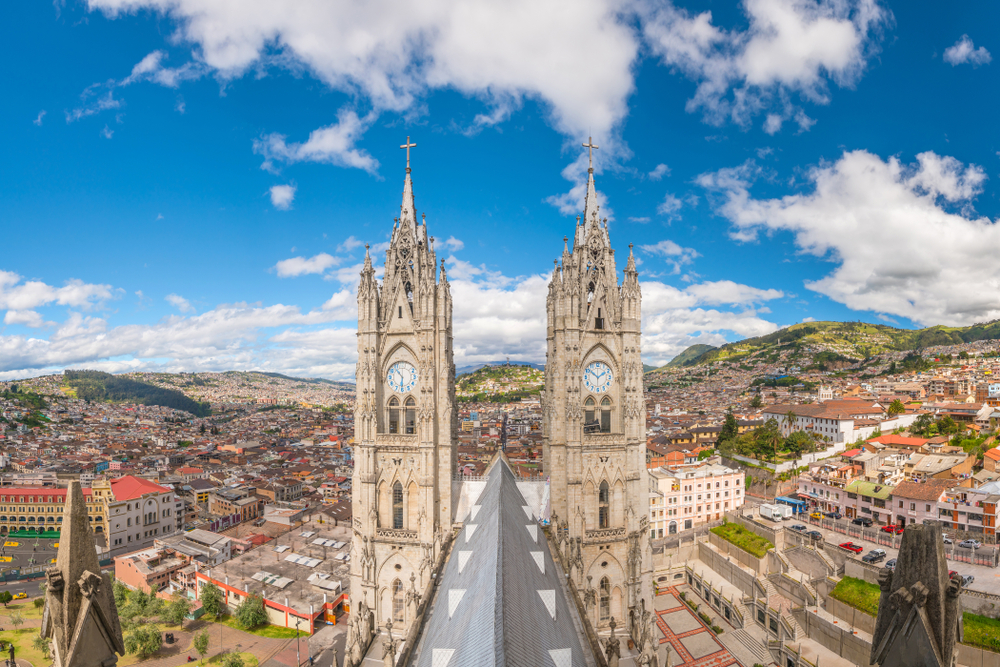
(f11photo/shutterstock) A capital with a population of nearly 2 million people, Quito also has the dubious distinction of being the only major city in the world in the shadow of an active volcano. While such seismicity may rank Quito high on the list of geologist vacation spots, it also makes Quito a potentially dangerous place to be in the event of one of its frequent tremors. A magnitude 6.0 earthquake could kill 1 percent of the city’s population.
12. New Delhi, India
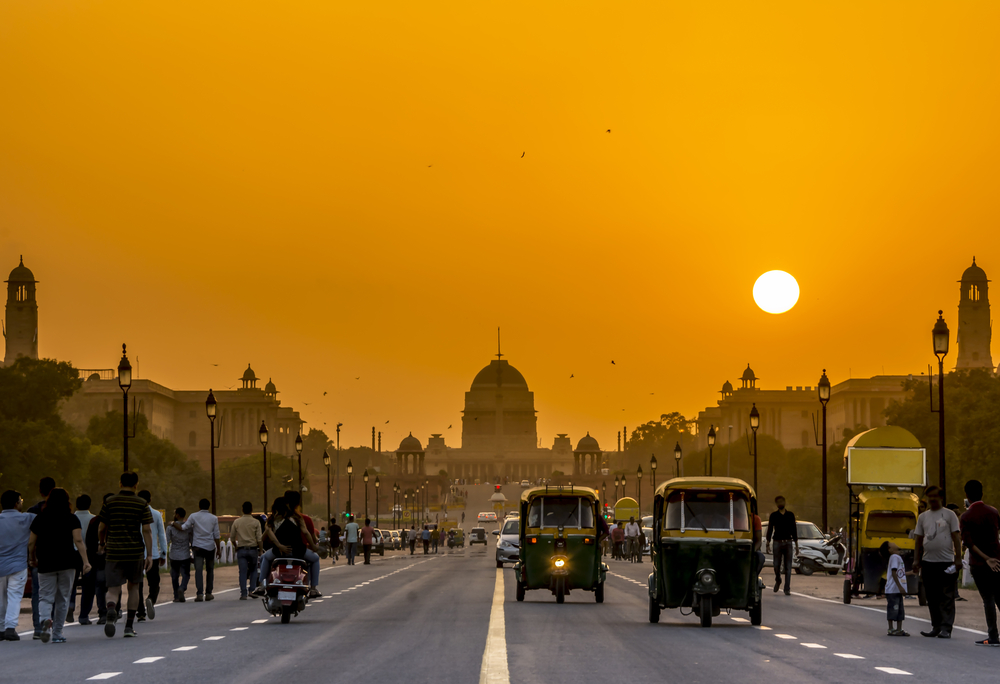
(Kriangkrai Thitimakorn/Shutterstock) Lying in the same seismic region as Kathmandu, Delhi is more than a dozen times the size of its Nepalese neighbor to the east. With a population of more than 14 million people, Delhi’s sprawl is what makes it a less dangerous city in the event of a major earthquake. Even so, experts predict that tens of thousands would lose their lives if a magnitude 6.0 seismic event rocked India’s capital region.
11. Jakarta, Indonesia:

(Photo by Licensed under the Unsplash+ License) Situated on the Sunda Plate, Jakarta faces a risk of earthquakes and tsunamis. The city’s low-lying coastal location and rapid population growth make it particularly vulnerable to seismic hazards.
10. Santiago, Chile:

(Licensed under the Unsplash+ License) Located on the Pacific Ring of Fire, Santiago is prone to earthquakes due to its proximity to active fault lines. The city’s rapid urbanization and development have increased its vulnerability to seismic events.
9. Los Angeles, United States:

(Photo by the Unsplash License) The San Andreas Fault, a major tectonic boundary, runs through the Los Angeles region, making it one of the most earthquake-prone areas in the United States. The city’s dense population and infrastructure make it a target for seismic events.
8. San Francisco, United States:

(Photo under Unsplash License) Another city on the San Andreas Fault, San Francisco has a history of major earthquakes, including the 1906 earthquake that devastated much of the city. The city’s ongoing efforts to improve earthquake preparedness reflect its vulnerability to seismic events.
7. Lima, Peru:

(Photo by Spencer Arquimedes on Unsplash) Situated on the Pacific coast, Lima is vulnerable to earthquakes and tsunamis. The city’s proximity to the Nazca Plate and the Peruvian Coastal Range increases its seismic risk.
6. Tehran, Iran:

(Licensed under the Unsplash+ License)Located near several active fault lines, Tehran faces a significant risk of earthquakes. The city’s large population and critical infrastructure make it a priority for earthquake preparedness and mitigation.
5. Kathmandu, Nepal
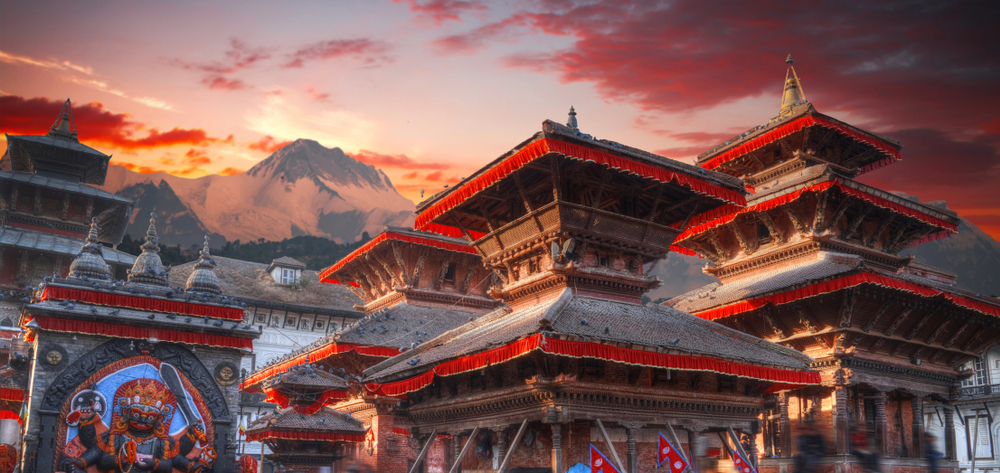
(Photo Skreidzeleu/Shutterstock) One of the world’s highest capitals, Kathmandu is a densely-populated area of around 1 million people who live among the tallest mountains on the planet. This part of the Himalayas is seismically active, and according to a report compiled by the non-profit GeoHazards International. A resident of Kathmandu is two times more likely to be killed in an earthquake than a citizen of any other city included in the survey.
4. Mexico City, Mexico:

(Photo by Laurentiu Morariu on Unsplash) Built on a lakebed, Mexico City’s soft soil amplifies seismic waves, making it particularly vulnerable to earthquakes. The city’s history of destructive earthquakes and its large population highlight the need for robust earthquake preparedness.
3. Istanbul, Turkey
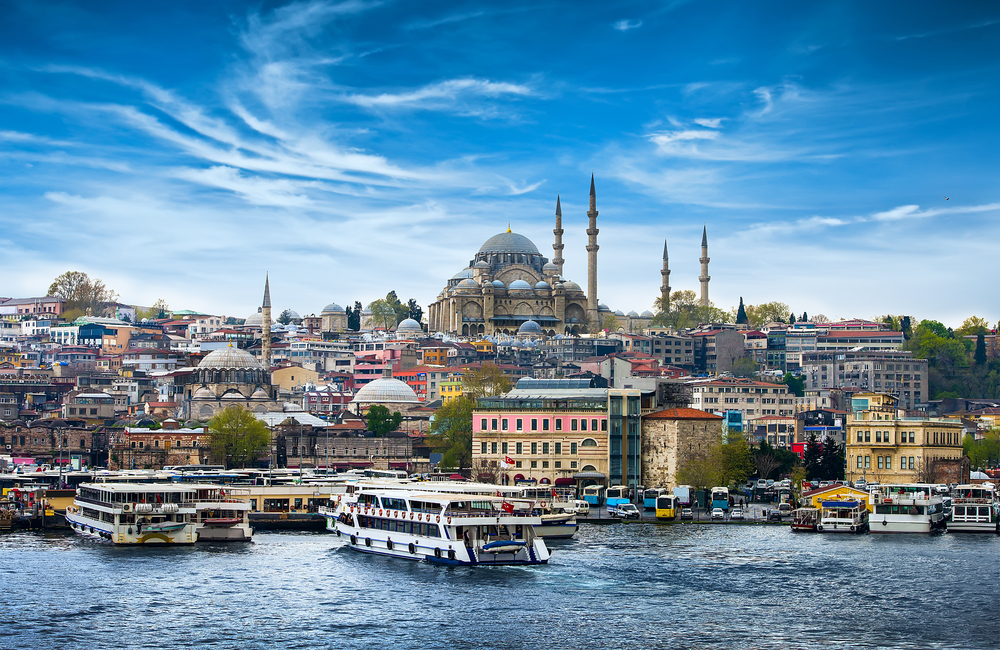
(Seqoya/Shutterstock) Throughout its history, Turkey has experienced earthquakes that have killed thousands. Istanbul, the country’s capital city, is a population center of more than 10 million. Located where the Eurasian and African tectonic plates meet, Istanbul is no stranger to seismic events. In the event of a major quake, the probability that an individual living in the city would be killed is below one percent—less than that of many other cities. However, the overall death toll from a major quake in Istanbul would likely top 50,000.
2. Manila, Philippines
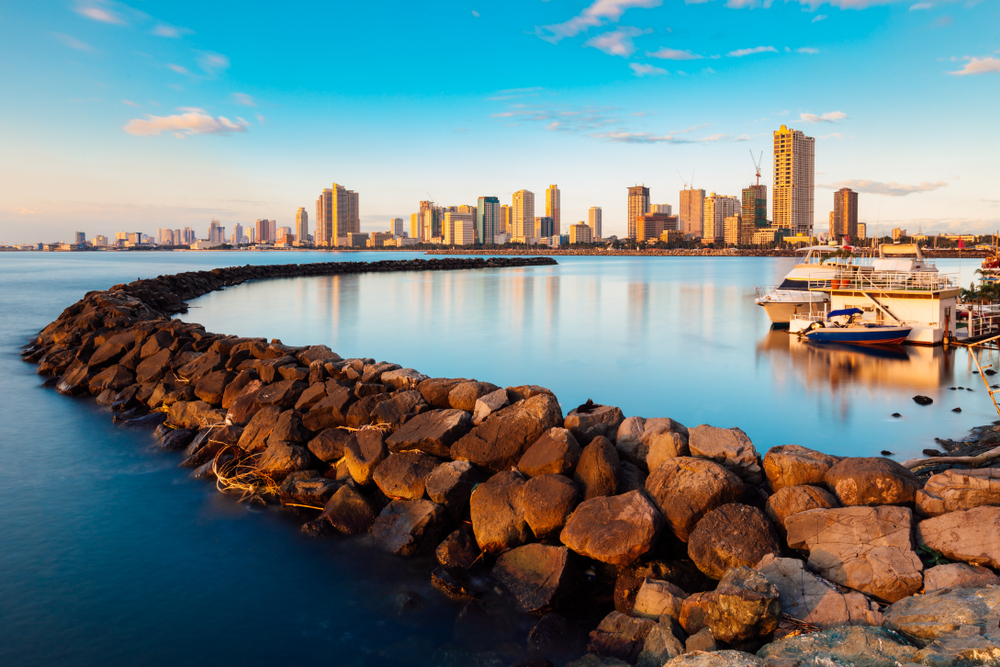
(Joseph Oropel/Shutterstock) A densely populated island capital, Manila lies on the edge of the Pacific’s “Ring of Fire”—a seismic hot zone that encircles the ocean. Dozens of earthquakes rated above magnitude 6.0 have wracked the volcanic Philippines over the last century. A direct hit on Manila from such a seismic event would do untold damage to this compact city of 15 square miles and more than 1.5 million people. More than 10,000 would likely die in such an earthquake.
1. Tokyo, Japan:
(Licensed under the Unsplash+ License) As one of the world’s largest cities, Tokyo is situated on the Pacific Ring of Fire, a region known for intense seismic activity. Its proximity to numerous fault lines and the potential for massive earthquakes have made it a symbol of urban resilience.





